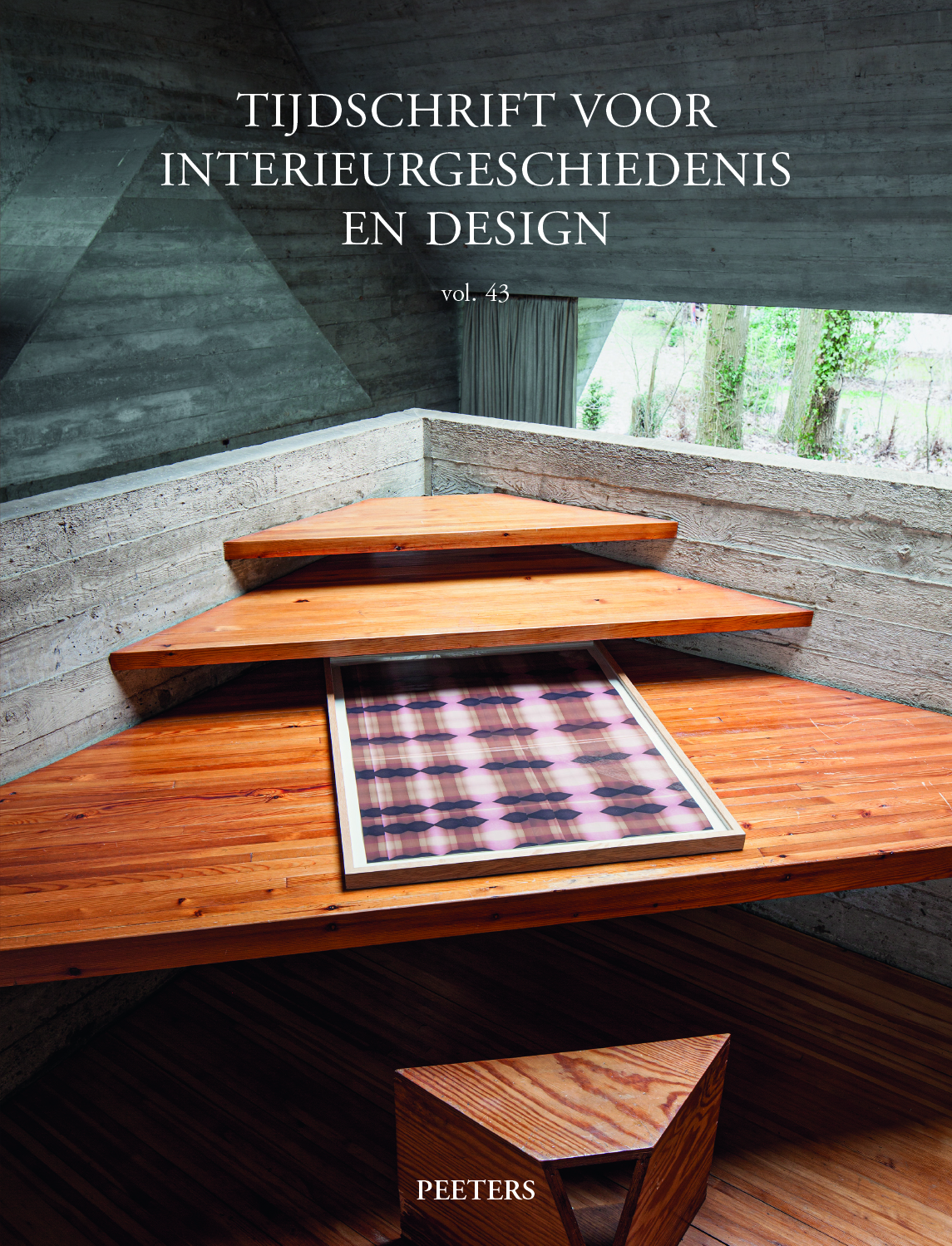next article in this issue  |

Preview first page |
Document Details : Title: De ornamentele beeldhouwkunst van Georges Etienne Houtstont (Parijs, 1832 - Sint-Gillis, 1912) Subtitle: De synergie van kunst(ambacht) en architectuur Author(s): VAN SANTVOORT, Linda Journal: Tijdschrift voor Interieurgeschiedenis en Design Volume: 36 Date: 2007-2009 Pages: 1-24 DOI: 10.2143/GBI.36.0.2131153 Abstract : The activities of the ornamentalist Georges Houtstont on the Belgian – and especially Brussels – scene can be situated in the second half of the nineteenth century. The works that with certainty can be ascribed to him date from between 1862 and 1911. Archival materials suggest that Houtstont’s contribution consisted of the modelling of ornaments but also that he often worked in stone and even in wood. The role that architect Hendrik Beyaert played in the success of this ornamentation workshop cannot be overemphasised. The exclusive collaboration between architect Beyaert and the ornamentalist Houtstont led not only to a number of remarkable creations but certainly also opened the way to other contacts. Some of these collaborations – including those with Alphonse Balat and Louis De Curte – seem to have been just as exclusive as the one with Beyaert. The other architects with whom Houtstont worked – including Henri Maquet, Jean-Pierre Cluysenaar, Pierre-Victor Jamaer, Désiré De Keyser, Adolphe Samyn, Ernest Acker, Emile Janlet and Jules-Jacques Van Ysendyck – confirm that we are dealing here with an ornamentation workshop that made its mark on the most representative building sites of the nineteenth century, producing work of unimpeachable quality that was often considered superior to that of all its competitors. Besides proving to be impressive, the reconstructed oeuvre opens many perspectives into, among other things, buildings outside the Brussels context, in a large variation of styles, programmes and ideological backgrounds. The exact scope of the contribution and the role of the ornamentalist is difficult to reconstruct today. His task was to translate the designs of the architect as faithfully as possible into three-dimensional ornaments, while maintaining a high level of quality. Houtstont would certainly have had at his disposal the necessary drawings and instructions for this task. The plaster models themselves have not been preserved (with the exception of those from Gaasbeek) Many questions remained to be answered, particularly in connection to the practical organisation of this ornamental workshop and the way it functioned on the building site. If we review Houtstont’s curriculum, it is difficult to escape the conclusion that many sites were active simultaneously, which then automatically raises the question of how many craftsmen were actually involved in this activity. What was once the largest ornamental workshop in the capital disappeared from the scene with Houtstont’s death in 1912, but in any case the fièvre ornementiste was into its swan song by then. |
|


